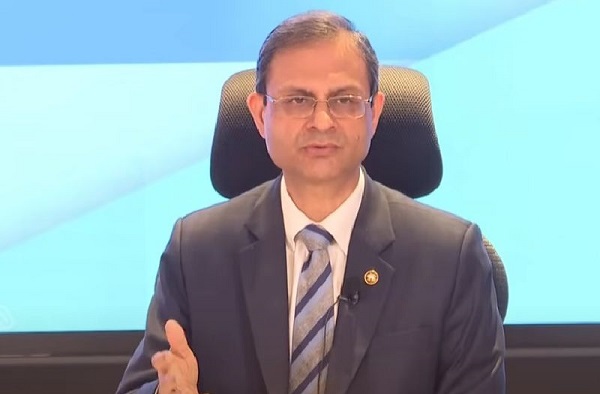.png)
RBI Fixes its June Communication Misfire
The October review showed that central banking is about shaping expectations, not exhausting firepower upfront.

Mint Owl tracks markets and policy with a steady eye, offering clear analysis on the choices shaping India’s economy and financial system.
October 2, 2025 at 9:39 AM IST
One of the common takeaways from market players and central bank watchers today was that the Reserve Bank of India’s October monetary policy review healed the wounds left behind by the June policy.
This is ironic as October’s monetary policy was largely a status quo on policy rates, with some positive long-term developments for the banking sector. This is in sharp contrast to the blockbuster announcements in the June review, where the RBI reduced the repo rate by a larger-than-expected 50 basis points, with another 100-bps cash reserve ratio cut announced three months in advance. Yet what dominated the conversation that day was the change in stance to neutral from accommodative.
That single signal was enough to weaken transmission and even reverse some of its past gains in both money and credit markets.
Even though the policy rate and stance were left unchanged in October, Governor Sanjay Malhotra underlined that policy space has opened up further supporting growth. He also shared that two external members, Nagesh Kumar and Ram Singh, were of the view that the stance should be changed back from neutral to accommodative.
That disclosure seemed to help shift sentiment, because it signalled that the internal debate was alive and that policy flexibility remained.
Monetary Vs Regulatory
The lesson is that monetary policy gains credibility not by showing its full hand too soon, but by keeping markets alert to the possibility of what it might still do. That requires a balance between reassurance and restraint, a skill that every central banker has to learn on the job.
In June, the RBI assumed that being upfront and doing more would offer comfort. Instead, the sudden change in stance conveyed the opposite, convincing markets that rate cuts were done. The communication gap thwarted transmission and shifted focus from rates to liquidity.
October’s review course corrected that mistake. Markets welcomed a no-action day simply on the indication that a rate cut remained possible.
The October 2025 review will go down not for what it delivered but for what it repaired: credibility in communication. For monetary policy, leaving a little unsaid can be more powerful than saying too much.
Also read:
RBI’s Insulated Optimism Jars with Ground Reality
RBI Reopens the Door to Accommodation
Partly Monetary Policy, Largely Credit Policy
Review of MPC Decision: What Does it Mean to be Forward-Looking?



